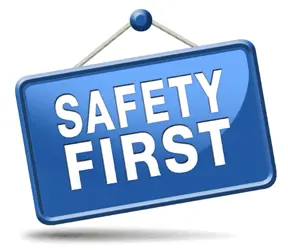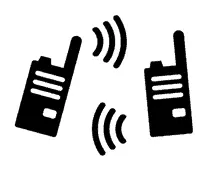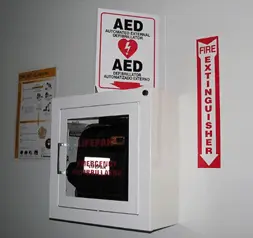
1. Ask your school nurse for a list of all of your students that have any type of medical conditions.
My school district does an excellent job of communicating this type of information to all of the staff in an effort to maximize student safety. Through our grading/attendance software program, we are easily made aware of these conditions, but I know that not everyone has this software. A simple list could and should be made available to you and if it is not, I urge you to push for one.
Simply knowing ahead of time that a student is allergic to bees and has epinephrine in the nurse’s office is extremely important and lifesaving! My daughter carries her EpiPen® with her, and all of her teachers know this, so that if she comes into contact with an allergen, the teacher can administer her Epinephrine immediately. So, know your students! Also, know your school district’s policies on students self-carrying medication of any kind such as Epinephrine and asthma inhalers.
2. Have a method for communicating with your school nurse or office staff.
This is something that most of us have in place, but for younger teachers, this may be a small detail that you overlook. This is typically not an issue when you are inside for class, but when you are outside, it is critical.
For some of my classes, we are on mountain bikes and they take us quite far from our building, so I always have my cell phone with me in case of emergencies. You can also purchase two-way radios if you don’t feel comfortable carrying your personal cell phone. Regardless of whether it is your phone or a two-way radio, make sure that you know who you are contacting and that they understand if you are contacting them it is an emergency. If you are left with no other option, make sure that in each of your classes you have several students that you can rely on to get to the building quickly and get help.
3. Make sure you know the steps to help a student in an emergency situation.
I am hopeful that everyone is certified in CPR and first aid, but are you trained in how to administer Epinephrine? My guess is not many of you are. At my school district, we have had trainings in the past on this and are required to view a training video/slideshow every year. I would love to see a training be required every year for every member of our staff.
4. Make sure you ask questions if you are unsure of a condition or issue with one of your students.
You need to be sure you understand what you are looking for and how to help, so that your students are safe. Depending on the size of your school, you may have 5,
10, 15, or maybe 50 students that have a medical condition you need to be aware of, and as a parent of one of those kids, please take the time to understand because someday you could be called to save a life!
As a reminder, none of these students have chosen the conditions they are dealing with in their lives. I have listened to fellow staff members complain about having a student with food allergies in their class too many times. I find it disheartening to think that some people would rather the child be removed from school than make a few minor changes to their routines to keep a student safe.
Showing a little compassion and making students feel safe and welcome is the least we can do as educators!






